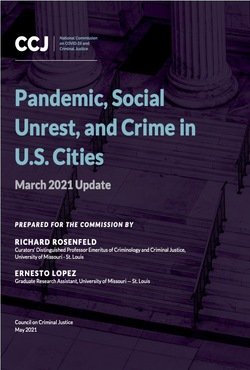By Michael Levi and Russell G Smith
This report seeks to draw out the common characteristics of frauds associated with pandemics, and to identify any risks unique to pandemics and financial crises, beginning with the Spanish flu pandemic of 1918, as the closest to COVID-19 in the modern era. It summarises the general influence of the internet or remote intrusions on contemporary frauds and allied corporate/ organised crimes against individuals, businesses and government, using plausibly reliable data from Australia and the United Kingdom as indicative of more general trends. The report identifies some novel crime types and methodologies arising during the COVID-19 pandemic of 2020 that were not seen in previous pandemics. These changes may result from public health measures taken in response to COVID-19, the current state of technologies and the activities of law enforcement and regulatory guardians. The report notes that many frauds occur whatever the state of the economy, but that some specific frauds occur during pandemics, especially online fraud. Similarly, some previously occurring frauds are revealed by economic crises, while frauds arising from and causing insolvencies are stimulated by economic crises. The report concludes with a discussion of the policy implications for prevention, resilience and for private and public policing and criminal justice in Australia. It stresses the need for plans for future pandemics and economic crises to include provisions for better early monitoring and control of fraud and procurement corruption. Research Report no. 19.
Canberra: Australian Institute of Criminology, 2021. 74p.










